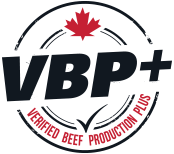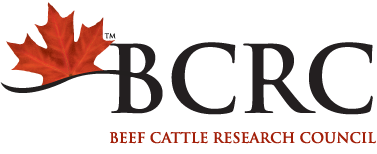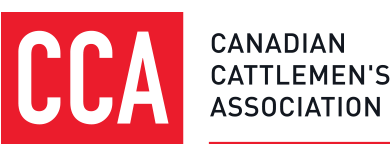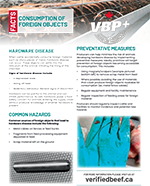 Foreign objects can present a food safety issue for consumers who purchase meat products from affected animals later on down the supply chain, and can also impact animal health and welfare prior to slaughter. Luckily, foreign objects are a risk which producers can mitigate on-farm.
Foreign objects can present a food safety issue for consumers who purchase meat products from affected animals later on down the supply chain, and can also impact animal health and welfare prior to slaughter. Luckily, foreign objects are a risk which producers can mitigate on-farm.
In most cases, foreign objects enter animal carcasses in one of two ways. Cattle can either consume them, or they can penetrate the hide and end up lodging within tissues.
When cattle consume foreign objects, the material usually gets caught in the reticulum, where it can irritate the tissue within this chamber and cause pain for the animal. At this stage, cattle present a condition called hardware disease, which causes them to perform poorly and show general signs of discomfort such as a depressed state, poor appetite, and sedentary behavior.
Unfortunately, there are many common foreign objects found on-farm which cattle can easily consume. For example, metal cables on fences or feed bunks can be chewed and break if poorly maintained. Alternatively, fragments of metal or other material left on the ground or deposited in feed from processing equipment are easily consumed by cattle.
The best way for producers to prevent the risk of hardware disease, and its associated food safety concern, is to prevent access to foreign objects. If the operation processes feed, magnets or scalpers can be used to remove scrap metal from feed before it is offered to cattle. Where possible, producers should avoid using materials that could easily produce hardware, such as metal fence cables. If this is not possible, producers should regularly maintain equipment and facilities to avoid fragments becoming accessible to animals. Finally, regular inspection of feeding areas for foreign objects and monitoring of cattle and facilities for incidence and new hazards is key.
In other cases, cattle do not eat the foreign object, but rather rub against one such that it penetrates their hide. If these foreign objects become lodged in muscle and the producer is not aware, meat containing these foreign objects can enter the food chain and lead to consumer distrust and potential injury. In some cases, recalls or refusals of carcasses or portions of a carcass at processing plants may occur.
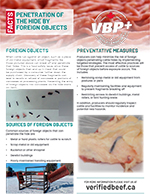
Sources of foreign objects that can penetrate cattle hides are relatively similar to those that can cause hardware disease. Scrap metal, derelict buildings, and poorly maintained equipment are easy for cattle to rub against and pick up metal fragments. However, a few common sources are unique to this route of entry. Buckshot or other shrapnel in areas where birds are hunted can enter the animal. Alternatively, metal or hard plastic rollers used for cattle to scratch can deposit small fragments in the hide.
Much like the hazards, the solutions to foreign objects entering animal hides are very similar to those that prevent the consumption of foreign objects. Removing scrap metal and old equipment and restricting access to derelict buildings, metal or hard plastic rollers, or bird hunting areas will aid in preventing access to fragments that could enter the hide. Regular maintenance of equipment and facilities will also reduce risk. Finally, while preventive measures should be emphasized, producers should monitor and document incidence in cattle to avoid entry of foreign objects into the food supply chain.
Regardless of the route of entry, handling foreign objects with cattle relies on the same basic principle: producers should prioritize prevention and maintain good maintenance and inspection to avoid food safety hazards entering the food supply chain.
To brush up on foreign objects, check out VBP+’s two fact sheets on Consumption of Foreign Objects and Penetration of the Hide by Foreign Objects.
